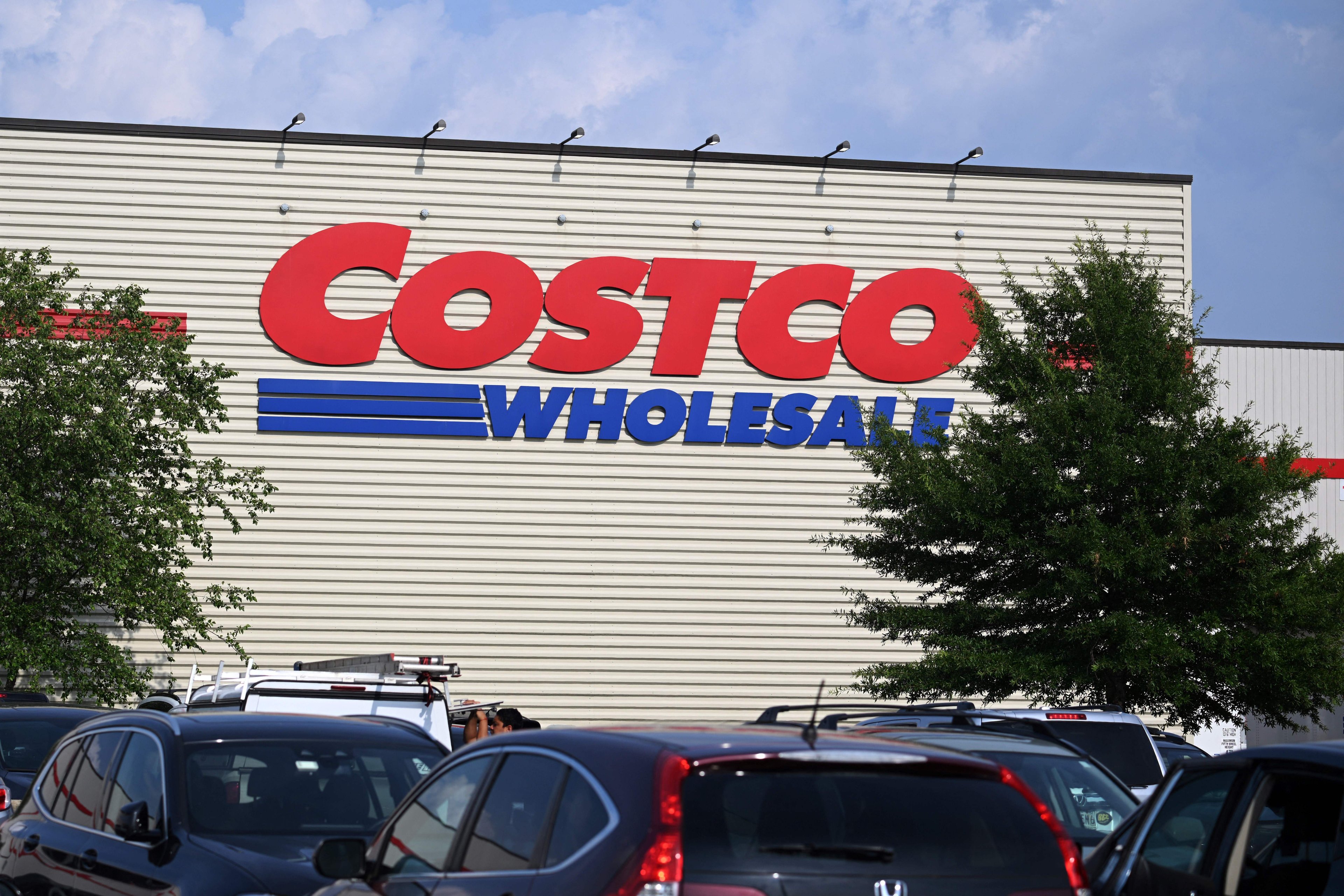Costco Wholesale Corporation (COST +1.05%) and Target (TGT 0.76%) are two of the biggest retailers in the country. Together, they represent $125 billion in market value.
Both companies exemplify the American big-box store, selling a wide variety of products from groceries to electronics to home goods, and both focus on higher-income, urban customers as opposed to rivals like Walmart. The two retailers are also continuing to bet on the brick-and-mortar channel by opening new stores, bucking the broader industry trend as many of their peers are closing stores or investing in e-commerce or their current store base instead of adding new locations.

Image source: Costco.
As stocks, Target has outperformed Costco over the last year as shares of the red-lettered retailer have jumped 30%, but that seems to be more a result of low expectations -- with a number of retailers surging at the end of last year as the overall retail sector had a better-than-expected holiday season. Over any longer time horizon, Costco has outperformed Target as the chart below shows.
Let's take a closer look at what each company has to offer today to determine which stock is the better buy today.
Riding the membership model
Naysayers keep calling Costco's future into question. Millennials won't shop there, they argue, or they see it as an inevitable victim of Amazon Prime, which continues to grow like wildfire. Costco CFO Richard Galanti added credence to those concerns a couple of years ago when he said his biggest concern was, "Everybody in the world never wanting to leave their house and only typing stuff to order and get it at the front door."
However, despite those concerns, Costco continues to put up comparable sales growth that is virtually unseen from any other brick-and-mortar retailer. Through the first 31 weeks of the fiscal year, comparable sales were up 6.5%, excluding fuel prices and currency exchange, and have increased 7% in the U.S. Last year, the company stepped up its e-commerce efforts, partnering with Instacart to deliver perishables, and began offering free two-delivery on nonperishables for orders over $75. Those initiatives seem to be paying off as e-commerce sales are up 32.4% in the fiscal year to date.
In addition to those numbers, Costco's membership model gives it an advantage over the average brick-and-mortar retailer like Target as it keeps customers within its ecosystem, and gives it a revenue stream in addition to the retail business. In fact, the majority of Costco's profits comes from membership fees, and last year renewal rates were 90% in North America and 87% globally, indicating its service still remains popular, despite alternatives like Amazon Prime.

Image source: Target.
Hitting the bull's-eye
At Target, meanwhile, the past year's 30% gain hasn't been an accident. Comparable sales growth in the retail business went from negative to positive, and the company made a potentially groundbreaking acquisition with its purchase of Shipt, the Instacart competitor, which will help Target provide same-day delivery from most of its stores by the end of the year.
In the fourth quarter, Target showed off 3.6% growth in comparable sales, with growth in both its stores and the online channel. Digital sales increased 29% in the period, but adjusted earnings per share slipped from $1.45 to $1.37 as the company increased spending with wage hikes and an uptick in selling, general, and administrative expenses. The decline in earnings per share shows that Target is still in the investment phase of its turnaround plan.
However, for the current year, Target sees adjusted earnings per share of $5.15-$5.45, up from $4.71 last year with the help of the new tax law, and a low-single-digit increase in comparable sales. In other words, after struggling for years to define its brand in the changing retail landscape, Target seems to be finally figuring it out. That expected profit growth is the main reason for the stock's recent surge.
The key numbers
Even with Target back to profitable growth, Costco is still growing faster. The warehouse chain has seen earnings per share increase 26% so far in this fiscal year, aided by the new tax law, while Target's expected EPS growth of 12.5% at the midpoint of its range is also inclusive of tax reform benefits. In comparable sales, Costco is growing considerably faster than Target as well.
Given Costco's faster growth and advantage from its membership model, the warehouse retailer's stock unsurprisingly trades at a higher P/E ratio, at 29.8 compared to just 15.4 for Target. Dividend investors should also note that Target offers a higher yield than Costco, at 3.5% compared to 1% for Costco. However, Costco has paid a number of special dividends in recent years, meaning investors have reaped more rewards than that 1% yield indicates.
Based on the companies' current positions and valuations, I think Target has more upside potential of the two stocks. Costco, though, is the better buy of the two as it's considerably less risky. Costco has a stronger economic moat than Target and its fast comparable sales growth has shown it can withstand the threat from Amazon. Despite Target's recent results, I'm not yet convinced that it can return to full-fledged earnings growth. Costco is the more reliable investment here.








